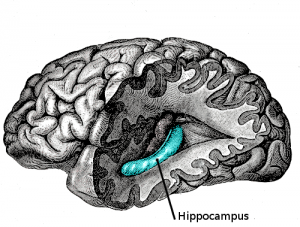Working out and exercising for most people mean a healthy lifestyle and a way to stay fit. At the same time, this may not appeal to some people because they are simply not into physical activity and would rather spend the time doing something else they prefer. A new study by Professor Art Kramer and his research team from University of Illinois now show that exercising regularly for at least six months to a year can lead having better memory and an increased improvement in problem solving skills. This adds on to what scientists’ previous know about the benefits of exercising.
Previously, the benefits of exercise were all found to be based around better health, lowering cardiovascular diseases, and such. The new idea of better memory that comes with exercising can be one major factor that leads to more people exercising. This idea was tested by combining neuroimaging work with
studies in brain networks. For someone with a regular exercise routine of 15 to 45 minutes per day, their neuroimaging shows more activity as more oxygen was pumped into their brain. An improved cognition, increased attention span, and the ability to multitask are also benefits found with exercising in both young and older people. The major reason to this is due to the size of the hippocampus increases by 2% due to regular exercise and this part of your brain is essential for memory storing, forming, and organizing. When you hippocampus increases by 2%, it also means that the aging of your brain decreases by a maximum of years. This is very valuable to older adults because their risks of getting dementia and Alzheimer’s disease are also decreased when this occurs.
Many, especially students, might argue that taking out an hour out of their day is a difficult task due to school, study, work, and other arrangements; however the amount of time wasted each day surfing the web, watching TV, and being unproductive can definitely be used on going to the gym or heading out door for a light jog. For any of you reading this and have tried to find ways to memorize material better for exams, it’s time for you to get off the computer and head out for a quick jog.

Work Cited
Nikolaidis, A., Voss, M., Loan, V., Erickson, K., & Art, K. (2013). Fmri correlates of transfer in training with a complex task. Journal of Cognitive Neuroscience, , 162-162.
Van Praag, H., Shubert, T., Zhao, C., & Gage, F. (2005). Exercise enhances learning and hippocampal neurogenesis in aged mice. Journal of Neuroscience, 25(38), 8680-8685. doi:10.1523/JNEUROSCI.1731-05-2005








